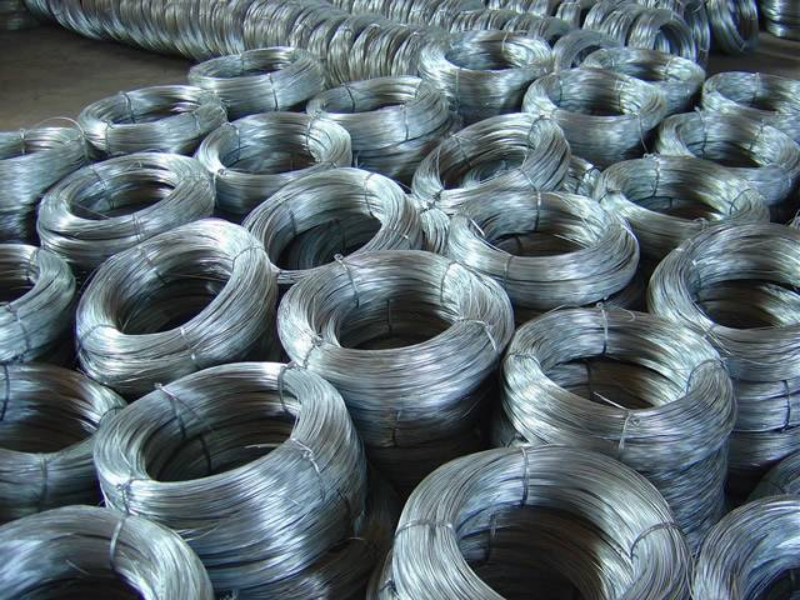
- Mobile Phone
- +8613931874955
- sales@cntcmetal.com
Durable Galvanized Iron Wire for Various Applications and Projects in Different Industries
The Versatility and Applications of GI Iron Wire
Galvanized Iron (GI) wire, known for its durability and resistance to corrosion, has become an essential material in various industries and everyday applications. The process of galvanization involves coating iron or steel wire with a layer of zinc, which protects the base metal from environmental damage and enhances its longevity. This process has popularized GI wire as a reliable choice for a multitude of uses, from construction to agriculture.
The Versatility and Applications of GI Iron Wire
In agriculture, GI wire is extensively utilized for fencing purposes. Farmers and landowners use it to create durable fences that protect crops and livestock from predators and intruders. The strength and resilience of GI wire mean that it can withstand harsh weather conditions and physical strain without snapping or rusting. This makes it an ideal choice for both temporary and permanent fencing solutions, ensuring that animals are safely contained and crops are shielded from potential damage.
gi iron wire

Moreover, GI wire plays a significant role in the manufacturing of various products. It is commonly used in the production of hardware such as hooks, brackets, and clips. Its malleability allows it to be easily shaped into different forms while maintaining its strength. This adaptability makes GI wire an excellent choice for DIY projects and industrial applications alike. Whether it’s for creating intricate designs in home decor or forming essential components in machinery, galvanized iron wire proves to be indispensable.
Beyond construction and agriculture, GI wire also finds applications in the crafting and artistic communities. Crafters appreciate its availability in various gauges, making it suitable for projects ranging from jewelry making to large-scale sculptures. Artists often utilize GI wire for its flexibility and durability, allowing them to create structures that can withstand the test of time while being visually appealing. The metallic sheen of galvanized wire adds an aesthetic quality to art pieces, making them stand out in galleries and exhibitions.
One notable advantage of GI iron wire is its cost-effectiveness. Compared to other materials, it offers a balance of affordability and performance, making it accessible to a wide range of users. Its low maintenance requirements, due to the protective zinc coating, further enhance its value proposition, as it does not require frequent replacement or treatment.
In conclusion, galvanized iron wire is a versatile material with a myriad of applications spanning various industries. From construction to agriculture, and artistic endeavors to everyday crafts, its durability and resistance to corrosion make it an optimal choice. As industries continue to evolve and innovate, the demand for GI wire is likely to grow, solidifying its place as a staple material in both commercial and residential settings. Understanding the properties and potential uses of GI wire can help users maximize its benefits, ensuring that they make informed decisions in their projects and applications.
share:
-
Wall Ties for Concrete: Invisible Guardians of Building Structural StabilityNewsAug.08,2025
-
Timber Frame Wall Ties: Stable Bonds for Load TransmissionNewsAug.08,2025
-
Stainless Steel Woven Wire Mesh: A versatile material from boundary protection to functional supportNewsAug.08,2025
-
Powder Coat Coil Springs: Creating peace of mind and reliability with sturdy protectionNewsAug.08,2025
-
Floor Standing Sign Holder: A Powerful Assistant for Flexible DisplayNewsAug.08,2025
-
Binding Iron Wire: An Invisible Bond for Building StabilityNewsAug.08,2025
-
Yard Sign Stakes: Reliable Guardians of Outdoor SignsNewsAug.04,2025



















